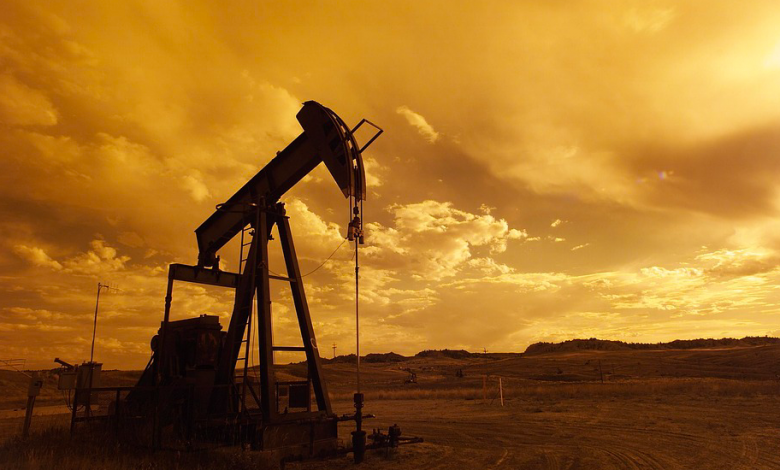How Oil Drilling Works From Start To Finish

There are numerous ways in which we use oil every day. Whether it is used in its natural form or refined into other products such as gasoline and jet fuel, you can find it almost anywhere. To gain access to these resources, the process of oil drilling must take place. This task involves using an industrial oil drill to extract petroleum from the ground.
After the oil itself is formed under the earth’s layers as a result of decaying organisms being crushed by sedimentary rock, the steps below are carried out to contribute to the energy demand worldwide.
Preparation Of The Oil Drilling Site
The very first thing that must be done before any oil can be extracted from the ground is locating the drilling site itself. Once an oil company finds an underground petroleum supply, the land on top has to be examined and prepared for the commencement of the project.
This includes making sure that the ground is level with no obstructions and that there is a water source close to the drilling equipment.
After the initial maintenance tasks are completed, a giant hole is created where the oil rig will be positioned. Additional openings will be created if more equipment needs to be stored in a convenient location.
The equipment is transported into the area once the drilling site is completely prepared for the beginning of the project. Components such as the oil rig might be brought in using a helicopter or a truck, depending on the size.

The Process Of Oil Drilling
Following the initial set up of the oil rig and all other necessary equipment on the grounds of the drilling site, the project can finally begin. Below is an explanation of the exact steps that the crew will take to extract petroleum from the ground, which will be stored and processed accordingly after collection.
First and foremost, a hole is drilled into the earth to access the underground oil supply. This is done with a massive drill bit that can hold a diameter of over 100 centimeters. The completed hole is then filled up with a metal tube where cement is poured to connect the empty spaces.
Throughout the process of drilling, mud travels down through the drill, making it easier for the bit to penetrate through any hardened underground materials it comes across. This substance is created from a combination of solid materials, liquids, and chemicals that aid in the drilling process.
The drilling will continue until the bit reaches new territory further underground, and more pipes are added along with it. Holes are then strategically made in the filing to release the petroleum back up through the tubes.
Lastly, a liquid is inserted into the same opening at high speeds, serving as a cleaner to wash out the inside of the well, allowing necessary organic compounds to be released from the earth. In tougher geological areas, specialized tools beyond the oil drill might be needed to extract the rest of the oil from underneath the surface of the ground.
From there, the petroleum is stored and transported, where it is refined to ensure quality before being distributed to the masses for consumption.



